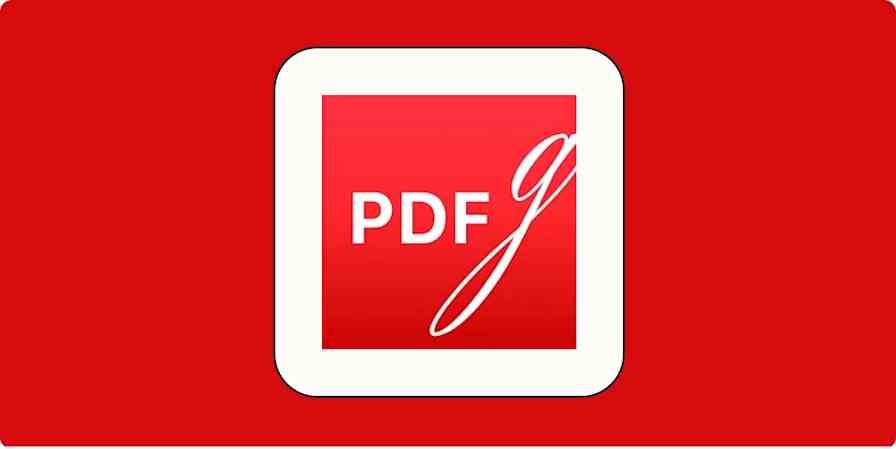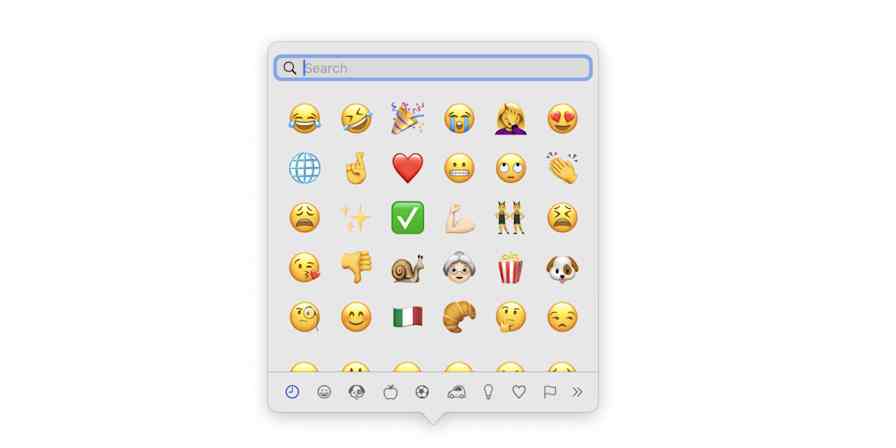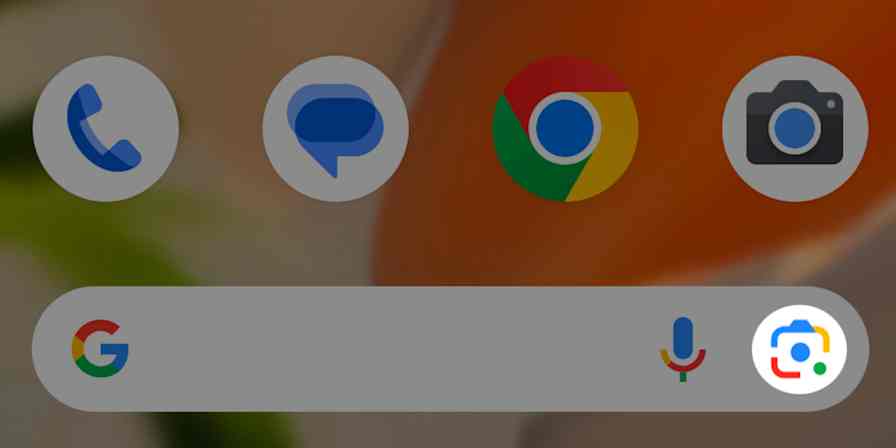Productivity tips
13 min readGoogle Fonts 101: Master the Basics of Web Typography
By Justin Wolfe · November 12, 2015

Get productivity tips delivered straight to your inbox
We’ll email you 1-3 times per week—and never share your information.
tags
Related articles
Improve your productivity automatically. Use Zapier to get your apps working together.








